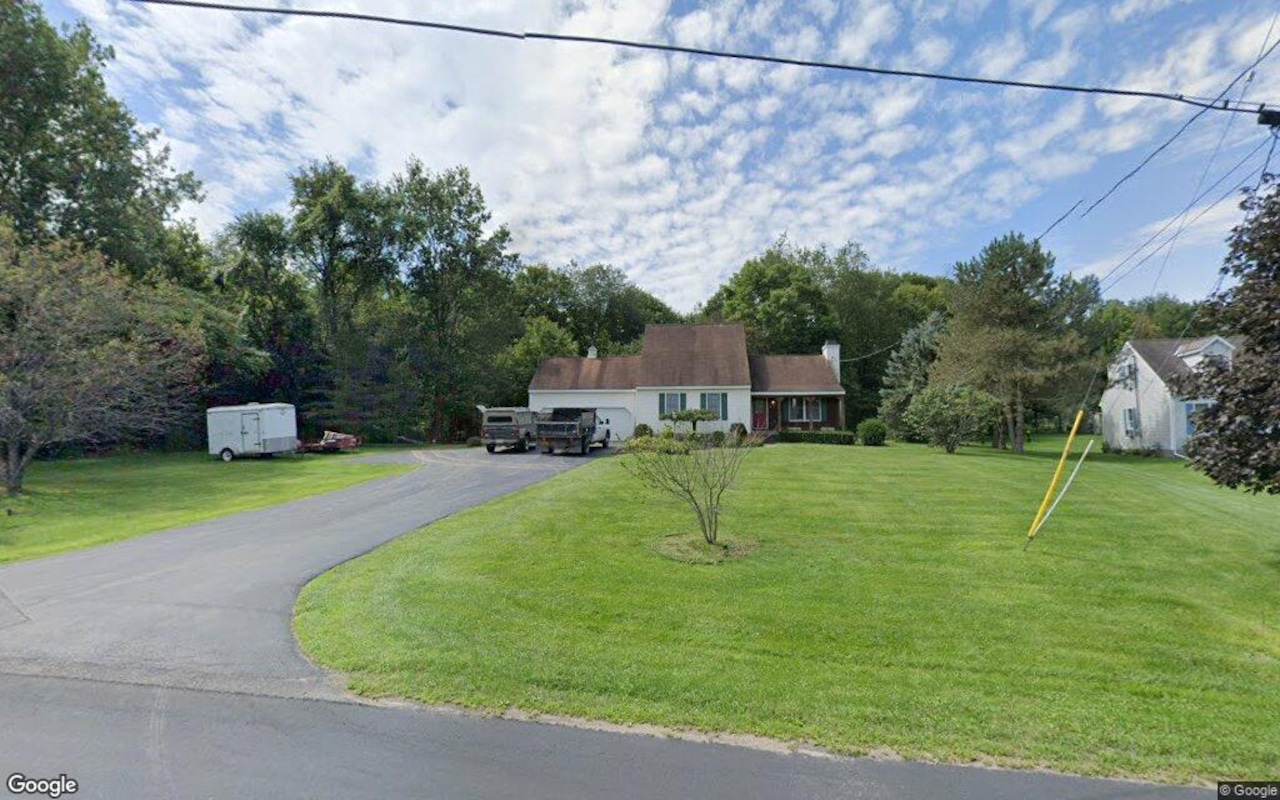T
he Inflation Conundrum: A Commercial Real Estate Dilemma
Inflation has become a constant companion to commercial real estate investors, influencing every decision they make. According to Sara Croot, Pacific Northwest and Central Regional Sales Manager at JPMorganChase, "inflation is not just a news headline; it's a reality check for our industry."
The current inflation landscape is complex, with interest rates fluctuating in response to economic pressures. The Federal Reserve raised rates 11 times between 2022 and 2023, but subsequent cuts have tempered inflation to 2.7% in November. While the Fed aims to reach its 2% target, it's taking a cautious approach, waiting for new government policies and global economic shifts to play out.
This wait-and-see attitude has created uncertainty in the commercial real estate market, with elevated treasury yields impacting investors' financing options, operations, and capital investments. "A more stable rate environment would offer optimism for commercial real estate," Croot notes, "but until then, we're navigating a complex web of inflationary pressures."
Inflation's impact on commercial real estate is multifaceted:
* Financing: Owners with stabilized properties who secured low interest rates before inflationary pressures benefit from lower borrowing costs. However, most loans span 3 to 10 years, leaving owners vulnerable to rising interest rates.
* Lease terms: Inflation-linked rent escalations protect income growth, but landlords with shorter lease terms can renegotiate rents to reflect current market conditions.
* Operating expenses: Materials, labor, and insurance costs increase alongside inflation, potentially outpacing income growth and reducing net operating income for property owners and operators.
* Property values: Weakening economic fundamentals and inflation's impact on renters can negatively affect commercial real estate owners and operators. Rising interest rates and eroding net operating income can also reduce a property's value.
New construction projects may benefit from an inflationary environment, with actual rental rates potentially exceeding pro forma assumptions. However, higher materials and construction expenses raise existing properties' replacement cost value, limiting new supply and competition.
The retail and industrial sectors, once commercial real estate's darlings, are now vulnerable to consumer behaviors influenced by rising inflation. As discretionary spending wanes, these sectors may experience flattened rent growth and reduced profit margins for occupants.
JPMorganChase can help borrowers navigate this uncertain landscape with fixed- and adjustable-rate loan programs featuring flexible prepayment options. By understanding the impact of fiscal and regulatory policies on commercial real estate, investors can make informed decisions about their business.













